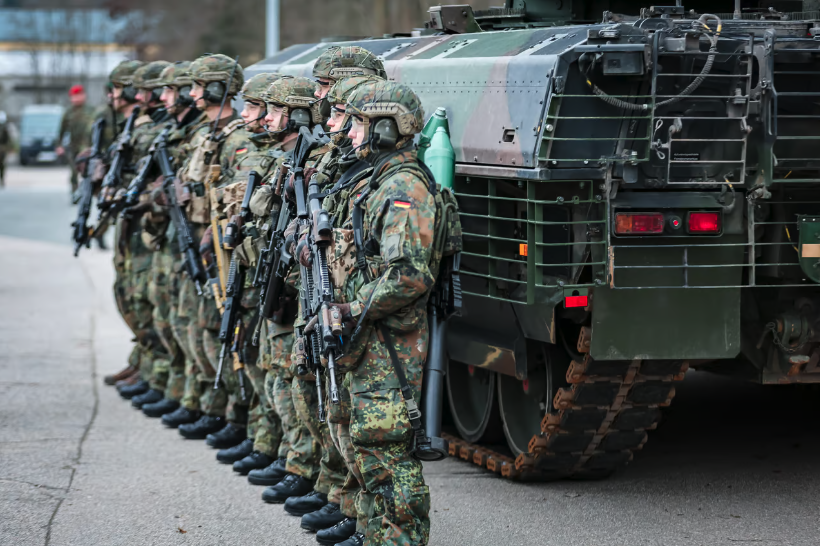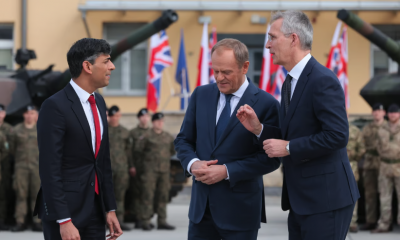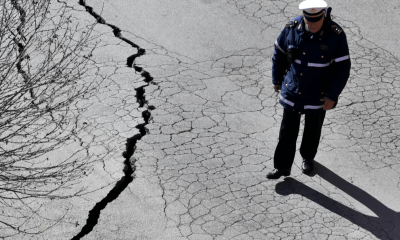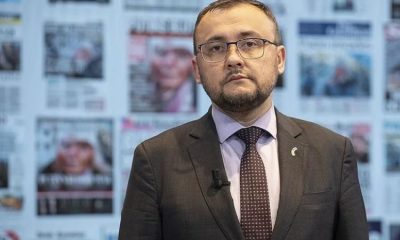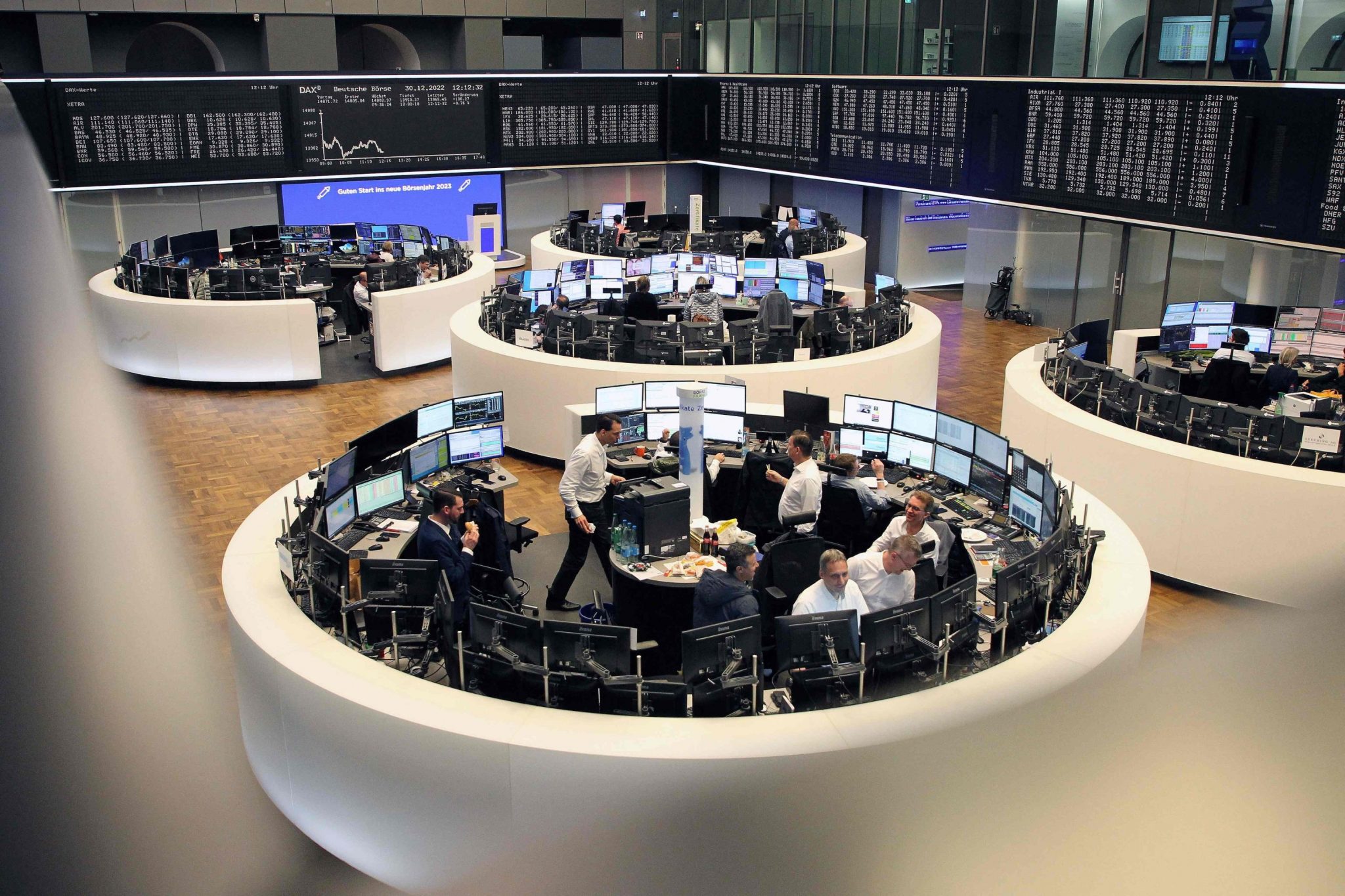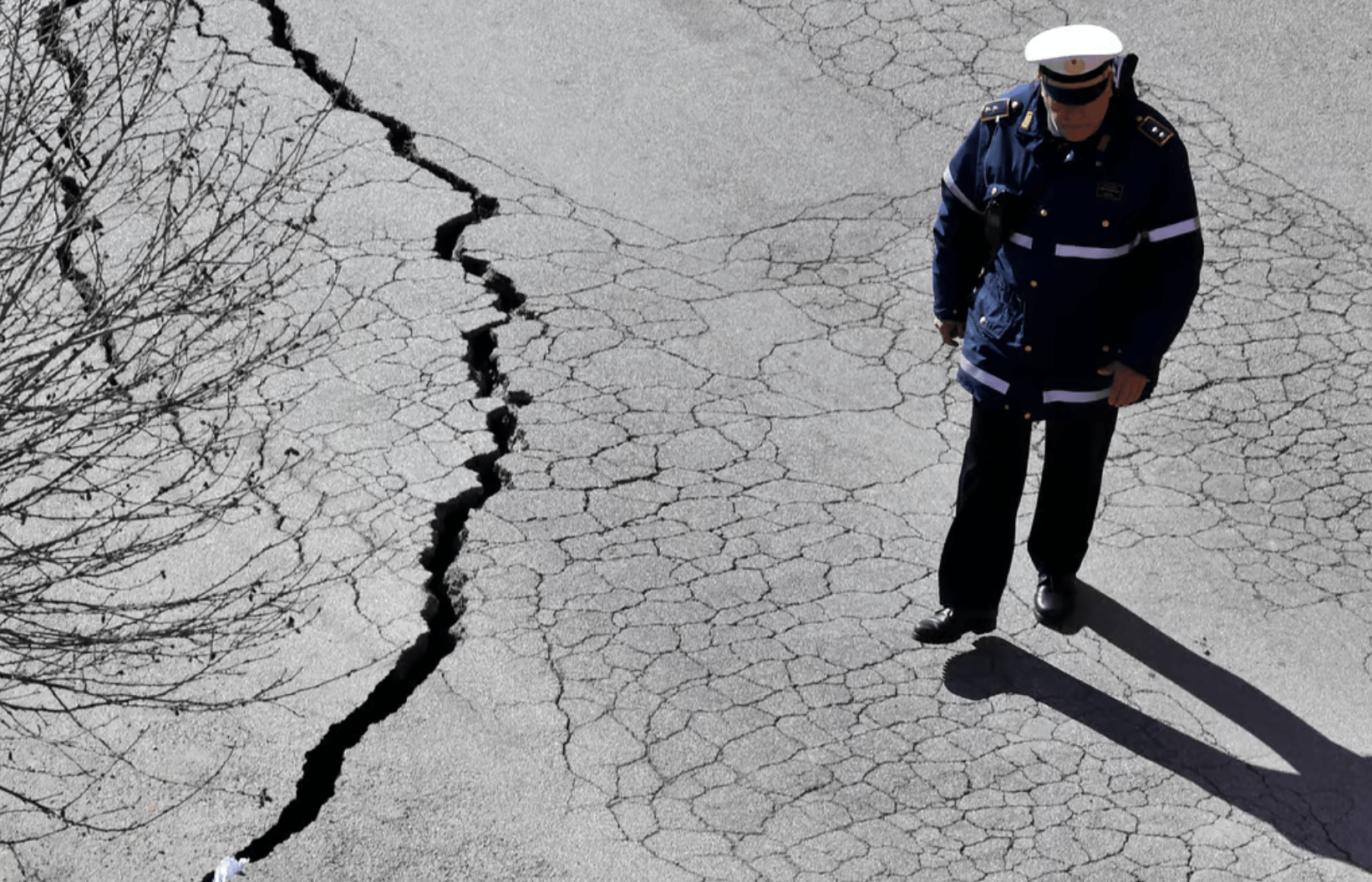According to an assessment in Politico, the problem for European countries is no longer recruiting new soldiers, but persuading existing ones not to leave.
This week, French Armed Forces Minister Sébastien Lecornu unveiled a ‘talent retention’ plan to incentivise military personnel to stay in the service.
This development comes just days after an annual report to the German parliament revealed that 1,537 soldiers will leave the Bundeswehr by 2023, reducing the German armed forces to 181,514 personnel.
“These discussions are now taking place in all capitals, in all democracies with professional armies without conscription,” Lecornu said on Monday, referring to the United Kingdom and the United States. At NATO meetings we can talk about equipment, but now we are also talking … about the level of retention [of personnel],” he said.
As Europe tries to rebuild its armies in response to the war in Ukraine, countries such as Croatia are considering reintroducing conscription. Others, such as Denmark, are planning to extend it to women.
Germany abolished conscription in 2011, but with many in the army ageing, there are discussions about reintroducing some form of national service.
Soldier salaries: Money talks
For countries that rely on professional armies, the challenge is to make the armed forces attractive, but this is difficult in times of low unemployment, fierce competition from the private sector and widespread teleworking.
In France, military personnel stay in the armed forces on average one year less than before. In the UK, there is an annual shortfall of 1,100 soldiers, the equivalent of two infantry battalions, even though the government has outsourced recruitment to the private company Capita.
Money is also a factor in the personnel shortfall. One of the key measures in the French plan is to increase pensions by incorporating bonuses; salaries will also be raised.
The problem, however, according to Politico, is that working conditions are not as attractive, with chronic overtime, months away from home and missed convalescence periods the order of the day.
Families are important too, it’s not just about the soldier
“It’s not about recruiting, it’s about retaining families,” Admiral Lisa Franchetti, chief of naval operations for the US Navy, told a conference in Paris earlier this year.
In Poland, the new government announced earlier this year that it would raise salaries by around 20 per cent in a bid to retain soldiers. The minimum monthly salary for a soldier rose from 4,960 zlotys (1,150 euros) to 6,000 zlotys. The Polish army has grown from 95,000 in 2015 to 215,000 this year.
The French plan includes help with housing, access to healthcare and childcare. Couples who both work for the Ministry of the Armed Forces will be able to change jobs together, even if one is a civilian.
“I would rather recruit less to improve retention than go on a recruitment spree where the number of people retained is constantly decreasing,” said Lecornu.
Germany wants women in army
As part of Germany’s efforts to strengthen its national defence, the government wants to increase the number of personnel in the armed forces to 203,000 by the early 2030s, but recruitment has been slow to pick up.
Eva Högl, a member of the Bundestag’s special committee on the armed forces, said that reintroducing some form of conscription was one way to turn things around, but that targeting women was a more obvious move to halt the decline because the potential in this area was “far from exhausted”.
Legislation passed last year aims to make conditions more attractive, including more support for childcare and higher pensions.
There are problems not only with working hours, but also with basic infrastructure. “When I visit the units, I no longer hear that helmets and protective vests are missing, but that lockers are,” Högl wrote in his annual report.
According to Högl, the renovation of barracks and military facilities will cost around 50 billion euros. That is half of the total special fund the government has set up to renew the armed forces after the war in Ukraine.
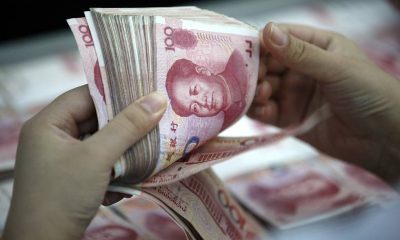
 ASIA2 weeks ago
ASIA2 weeks ago
 ASIA2 weeks ago
ASIA2 weeks ago
 OPINION1 week ago
OPINION1 week ago
 INTERVIEW2 weeks ago
INTERVIEW2 weeks ago
 OPINION2 weeks ago
OPINION2 weeks ago
 MIDDLE EAST2 weeks ago
MIDDLE EAST2 weeks ago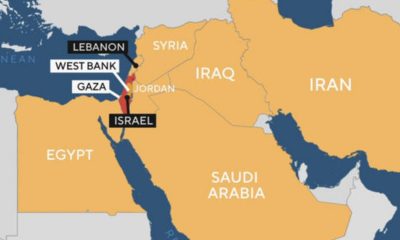
 ASIA2 weeks ago
ASIA2 weeks ago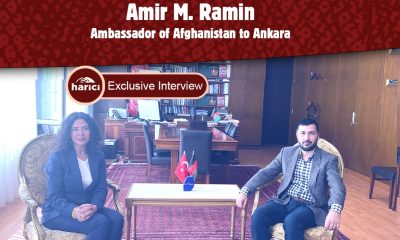
 INTERVIEW5 days ago
INTERVIEW5 days ago
